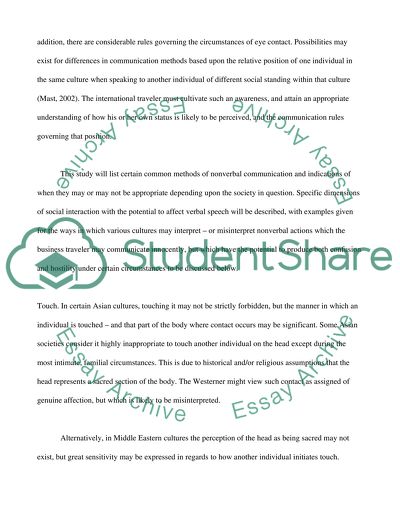Cite this document
(“Non-Verbal Communications: Differences Between Cultures Research Paper”, n.d.)
Retrieved from https://studentshare.org/sociology/1487028-non-verbal-communications-differences-between
Retrieved from https://studentshare.org/sociology/1487028-non-verbal-communications-differences-between
(Non-Verbal Communications: Differences Between Cultures Research Paper)
https://studentshare.org/sociology/1487028-non-verbal-communications-differences-between.
https://studentshare.org/sociology/1487028-non-verbal-communications-differences-between.
“Non-Verbal Communications: Differences Between Cultures Research Paper”, n.d. https://studentshare.org/sociology/1487028-non-verbal-communications-differences-between.


